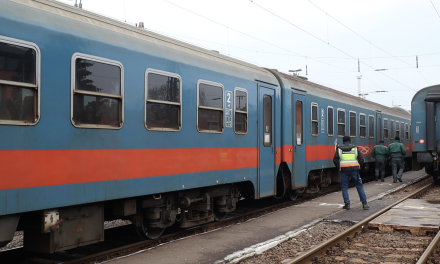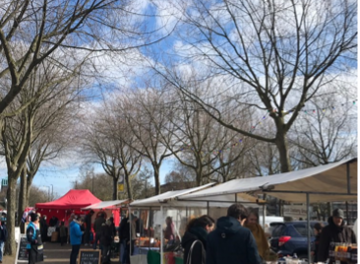Copenhagen, Denmark ranks as the second most liveable city in the world, according to the Economist Intelligence ranking. However, it is also one of the most expensive cities. Access to a high quality of life appears to be exclusive to the wealthiest.
If you don’t live in the city of Copenhagen but want to travel there, the first thing you will notice is that prices tend to be visibly higher. An Avocado toast for instance is a popular breakfast dish. In Copenhagen, the price is €18.76, which is higher than in the Netherlands or Germany, where it costs around €13.
But not only the food is more expensive, attaching a hefty price tag to daily life in Denmark. According to EUROSTAT (2022) out of all EU member states, Denmark emerges as the state with the highest price levels for essential categories such as food, non-alcoholic beverages, clothing, and footwear.

Ordering an avocado toast in Copenhagen
Every year, the Economist Intelligence Unit (EIU) publishes its influential living conditions and cost of living rankings, which measure 173 cities around the world. Copenhagen has performed well in both rankings, placing it in the top ten.
However, despite considering factors such as stability, healthcare, culture and environment, education and infrastructure, the liveability ranking does not consider the cost of living. The question poses: For whom is the city liveable if you cannot afford it?
Ismir Mulalic, professor of urban economics at Copenhagen Business School, explains the high cost of living in Copenhagen.
A significant driver for the high cost of living is the taxation system. Denmark holds the 5th highest sales tax in the world, with the goal to create a better society. Taxes are supposed to go towards public goods such as free university education, free healthcare, and free childcare.
Mulalic refers to this system as “Robin Hood Society – you make more money you pay more in taxes”.
An example of everyday taxes: Denmark imposes a tax on chocolate and candy, making them more expensive. This is to promote a healthier society by reducing the amount of sugar consumed. Cars are also heavily taxed to reduce ownership and create a sustainable urban environment.
The professor also sheds light on the housing market’s role in Copenhagen’s high living costs. The city experiences high demand for housing, coupled with a regulated and fixed housing supply, leading to soaring prices. Strict planning rules and long waiting lists for public housing contribute to the housing market challenges.
These housing challenges are tried to be tackled but “Copenhagen has a sorting structure. Rich people will be in the city centre and the less wealthy will be on the west side.”
Mulalic explains another part of the sorting process. He states that if too many people move to Copenhagen, there will be more competition for public goods. This will lead to unhappy people moving out of the city again.
The city offers a system that is accessible to low-income households. However, living in the central areas is mostly affordable only for the wealthy.
Prianthi Roy an analyst from EIU underscores the correlation between high living costs and a high quality of life, suggesting a relationship that “may not universally apply but remains noteworthy”. In other words: High liveability does not necessarily imply high prices.
Vienna ranks as the most liveable city, but the availability of social housing makes the cost of living more affordable.
The trend of the world’s most liveable cities only for the wealthiest is therefore not always the norm but something that does exist.




